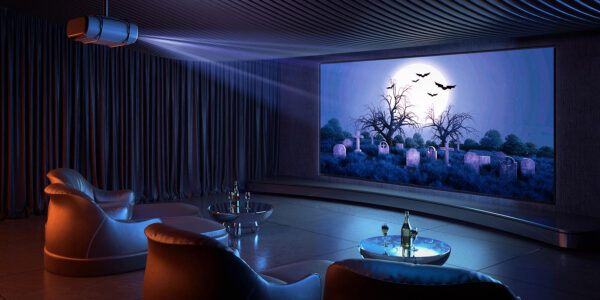The Origins of LED Technology: A Revolutionary Discovery
The evolution of LED lighting begins with its inception in the early 20th century. The discovery of the light-emitting diode (LED) was a pivotal moment in lighting technology, marking a shift from traditional incandescent and fluorescent lights. In 1907, H.J. Round, a British experimenter, first observed electroluminescence, the basic principle behind LED. However, it wasn’t until the mid-20th century that this phenomenon was further explored and harnessed into practical applications. Early LEDs were limited in color and brightness, primarily emitting low-intensity red light. Nevertheless, this breakthrough laid the foundation for a lighting revolution that would unfold over the next several decades.
The Evolution of LED Lighting in the 1960s and 1970s
During the 1960s and 1970s, significant strides were made in the evolution of LED lighting. In 1962, Nick Holonyak Jr., often referred to as the “father of the LED,” invented the first visible-spectrum LED. His creation of a red LED opened the door to a myriad of applications, from indicators to displays. Throughout the 1970s, advancements continued with the introduction of various colors of LEDs, including green, yellow, and orange. These developments were crucial in expanding the practical uses of LEDs, although they were still primarily used for indicators and small displays due to their limited brightness and higher cost compared to traditional lighting.
Breakthroughs in LED Efficiency and Brightness
The 1980s and 1990s were marked by breakthroughs in LED efficiency and brightness. This period saw the development of the first high-brightness LEDs, a significant improvement over earlier versions. Innovations in materials, particularly the use of gallium nitride, led to the creation of blue LEDs in the early 1990s. This was a monumental achievement as it allowed for the production of white LED light when combined with phosphor coatings. The emergence of bright, energy-efficient white LEDs revolutionized the potential of LED technology for general illumination, paving the way for LEDs to be used in a wide range of lighting applications.
LEDs Enter the Mainstream: The 21st Century Transformation
In the 21st century, LED lighting entered the mainstream, transforming the way we light our homes, businesses, and public spaces. The evolution of LED lighting reached a point where it offered superior energy efficiency, longer lifespan, and greater versatility compared to traditional lighting technologies. LED lights began to dominate the market, with applications ranging from residential and commercial lighting to streetlights and automotive lighting. This era also saw the introduction of smart LED lighting solutions, integrating with home automation systems and offering customizable lighting options.
The Environmental Impact and Future of LED Lighting
The evolution of LED lighting is not just a story of technological advancement but also of environmental impact. LEDs have played a crucial role in reducing energy consumption and greenhouse gas emissions. They are significantly more energy-efficient than traditional incandescent bulbs and have a much longer lifespan, leading to reduced waste. As we look to the future, the evolution of LED lighting is expected to continue, with ongoing improvements in efficiency, color quality, and integration with smart technology. Innovations in organic LEDs (OLEDs) and quantum dots promise to open new frontiers in lighting design and functionality.
The Role of LED in Shaping Modern Lighting Design
LED technology has profoundly influenced modern lighting design. Its small size and flexibility have allowed designers to create innovative, compact, and unique lighting fixtures. LEDs have enabled the integration of lighting into architectural elements, furniture, and even clothing. This versatility has not only transformed the aesthetics of lighting design but has also expanded the functionality and applications of light in our daily lives.
Reflecting on the LED Lighting Revolution
Reflecting on the evolution of LED lighting, it’s clear that this technology has revolutionized the way we think about and use light. From its humble beginnings to its current status as a dominant force in the lighting industry, LED technology has continually evolved, improving in efficiency, versatility, and accessibility. As we look forward, the continued innovation in LED lighting promises to bring even more exciting changes, further enhancing the way we live and work.







